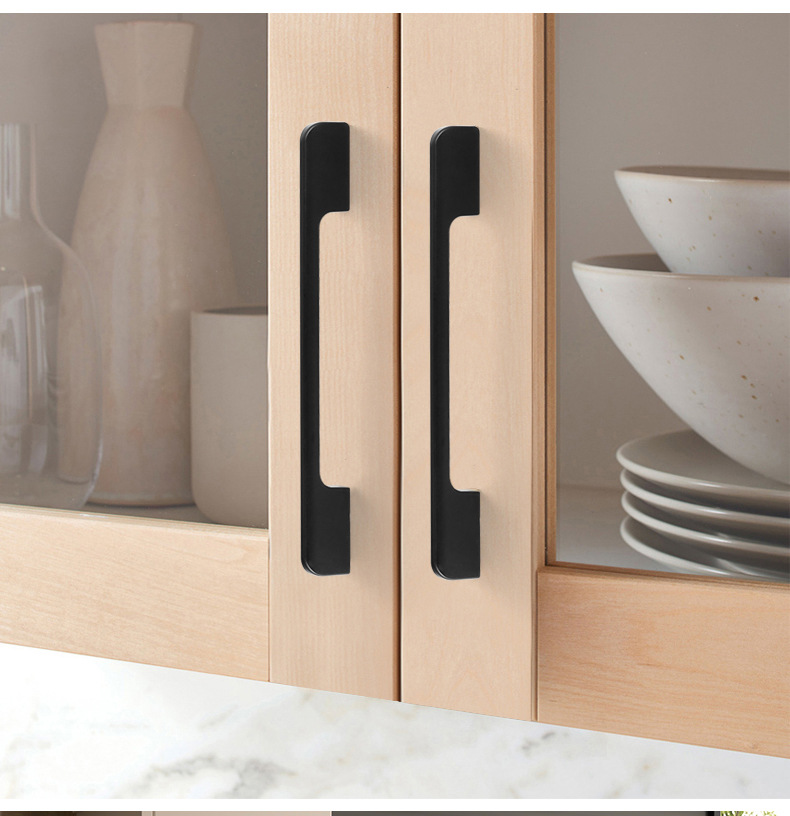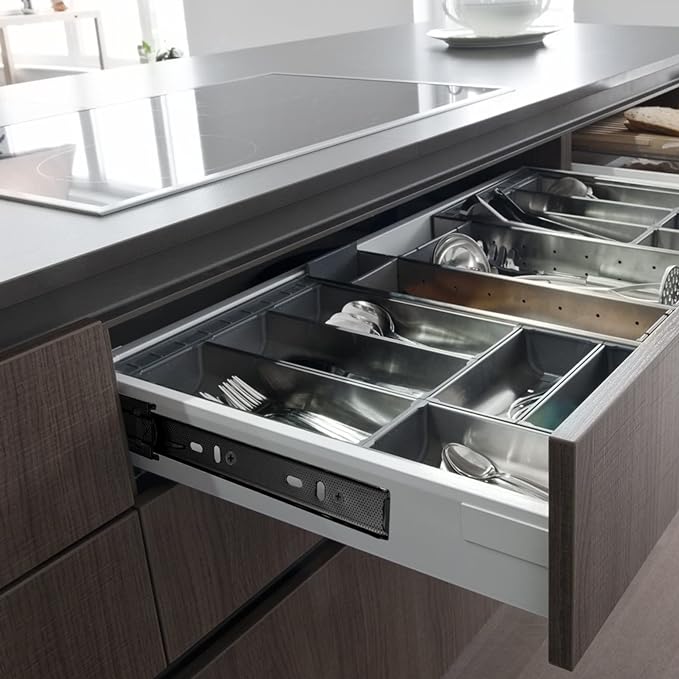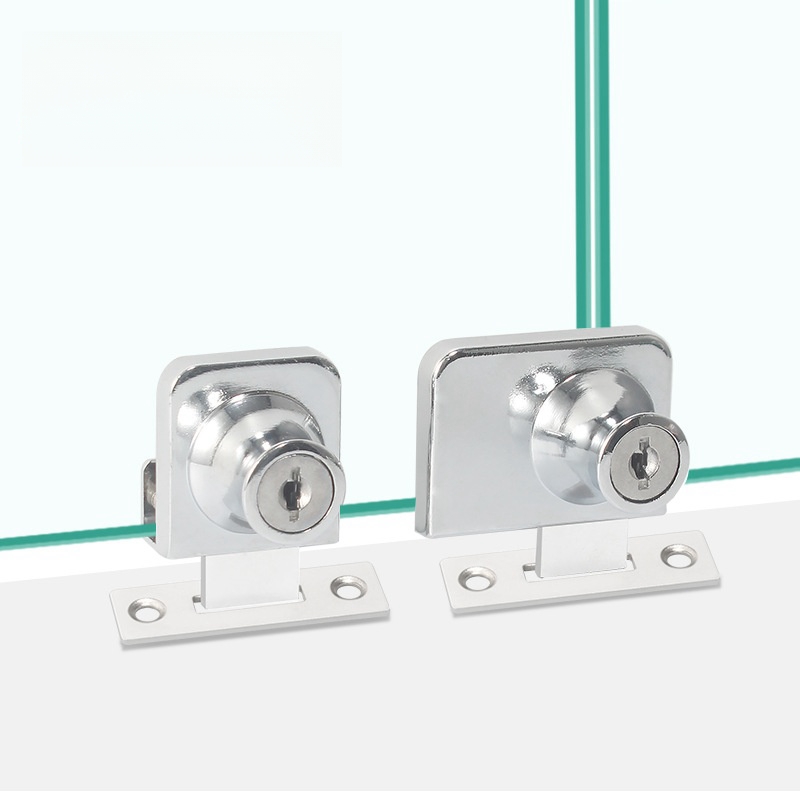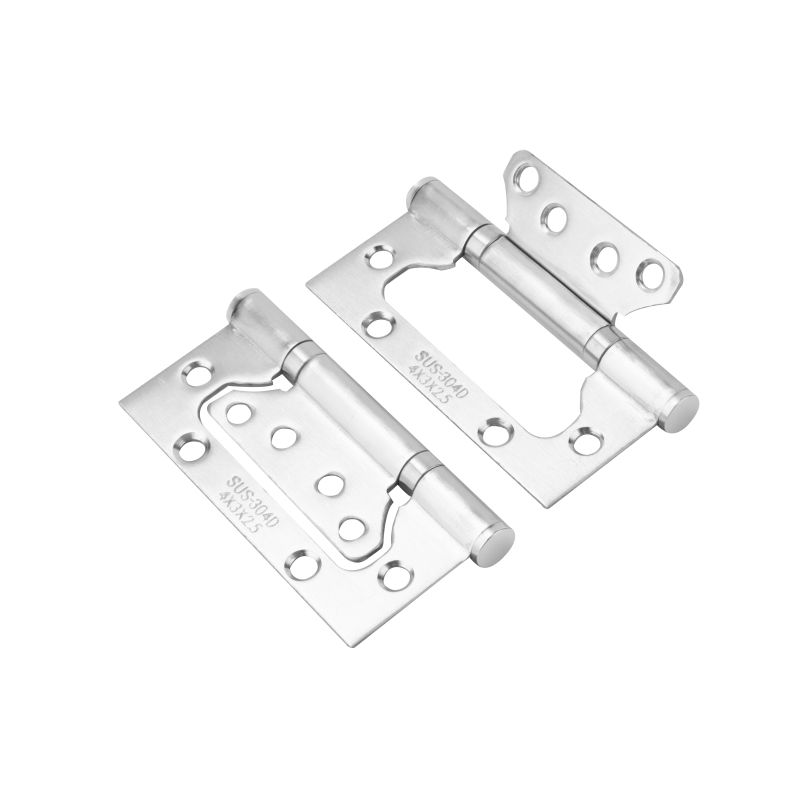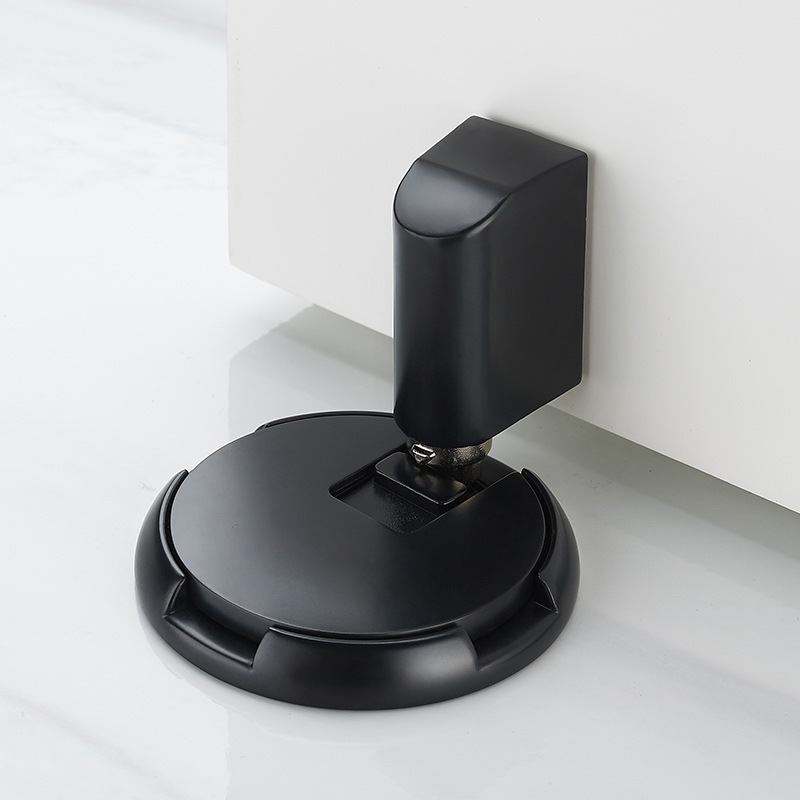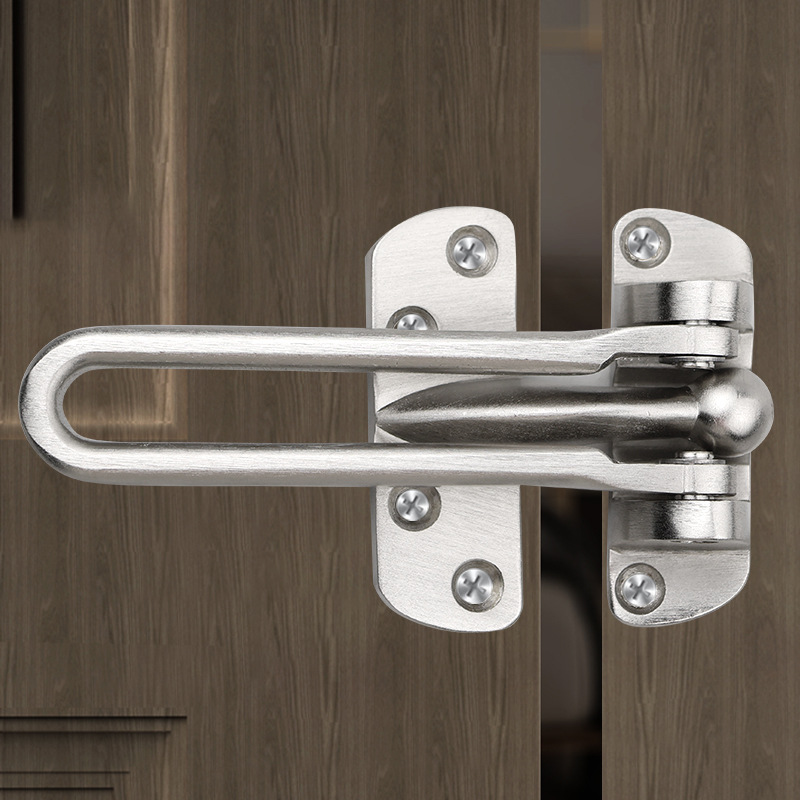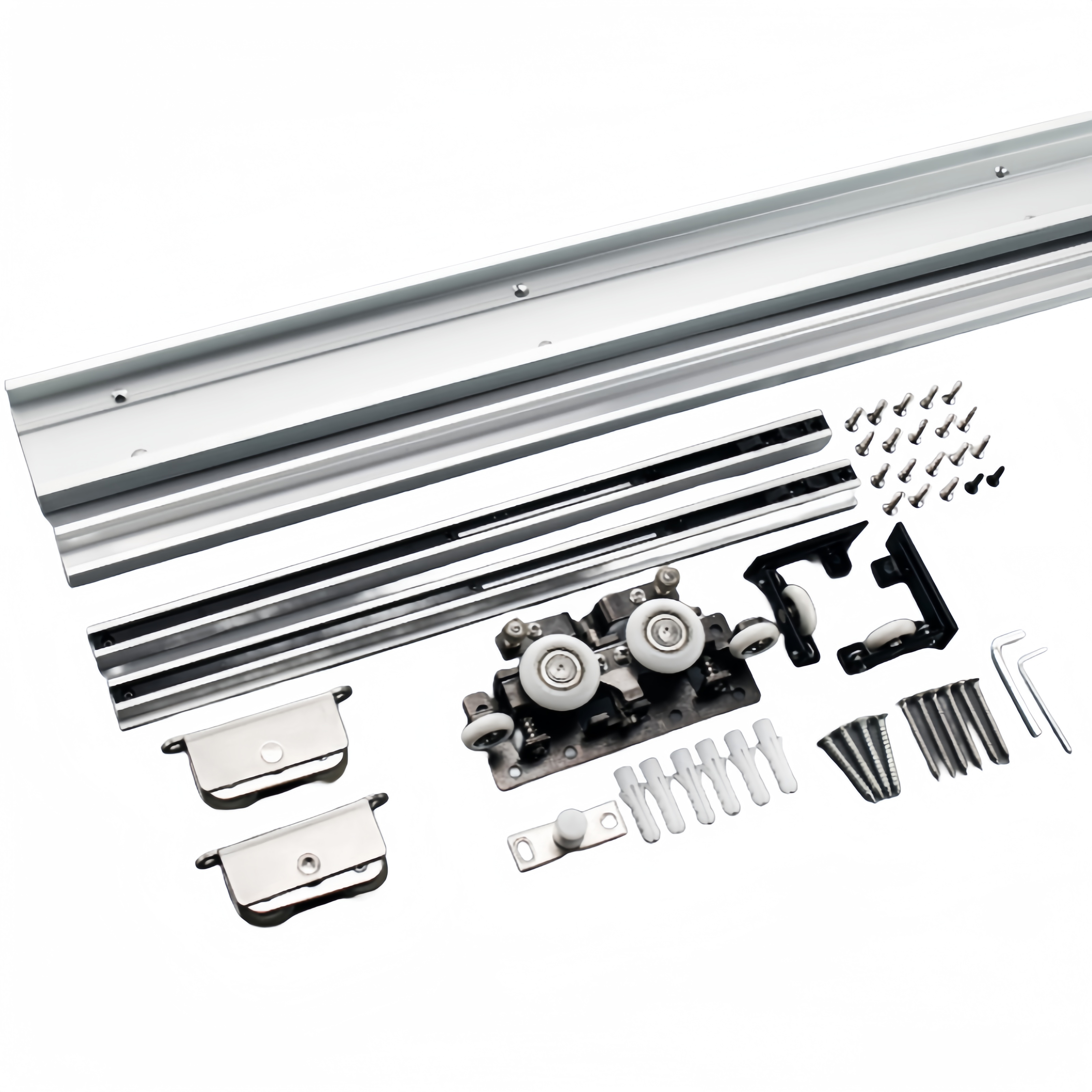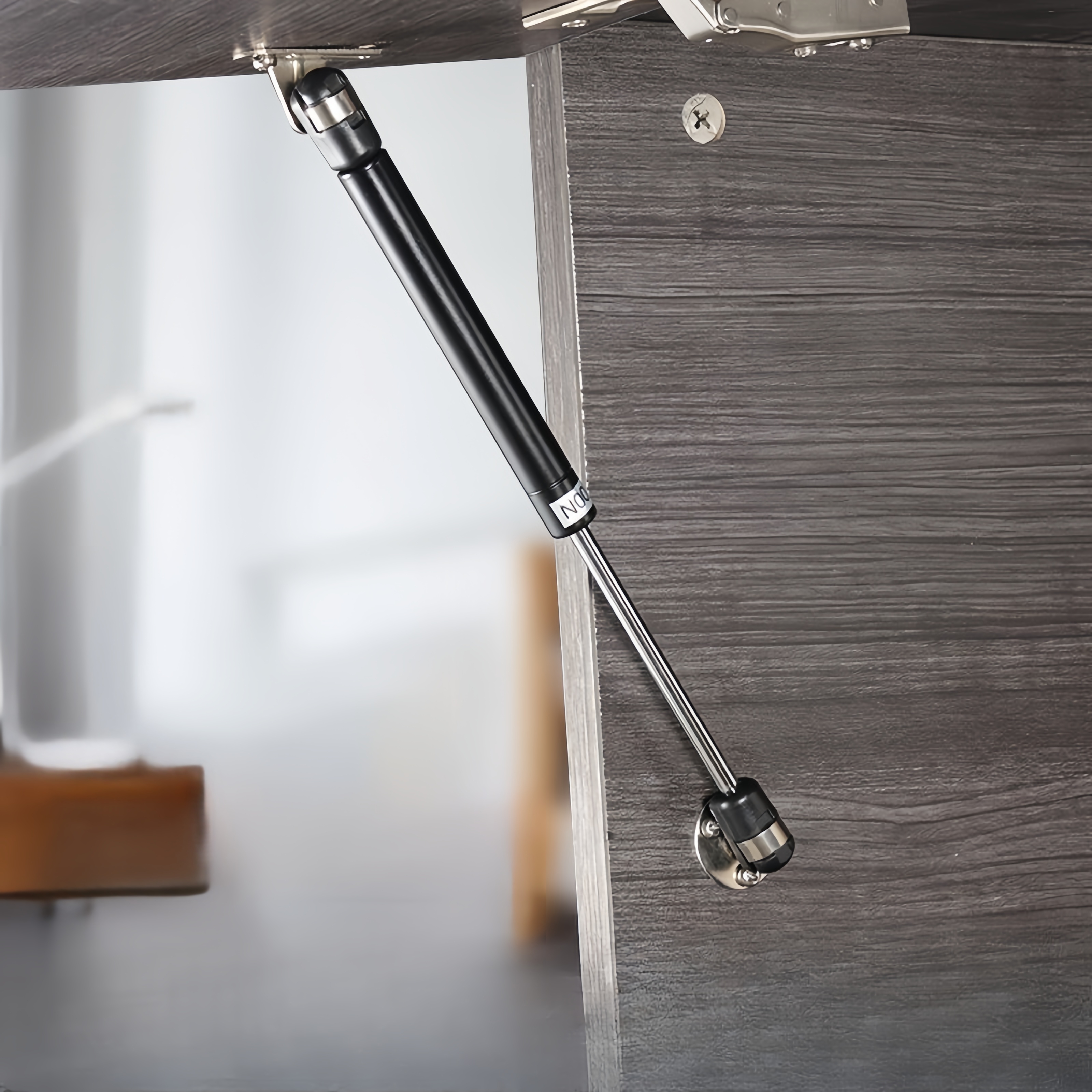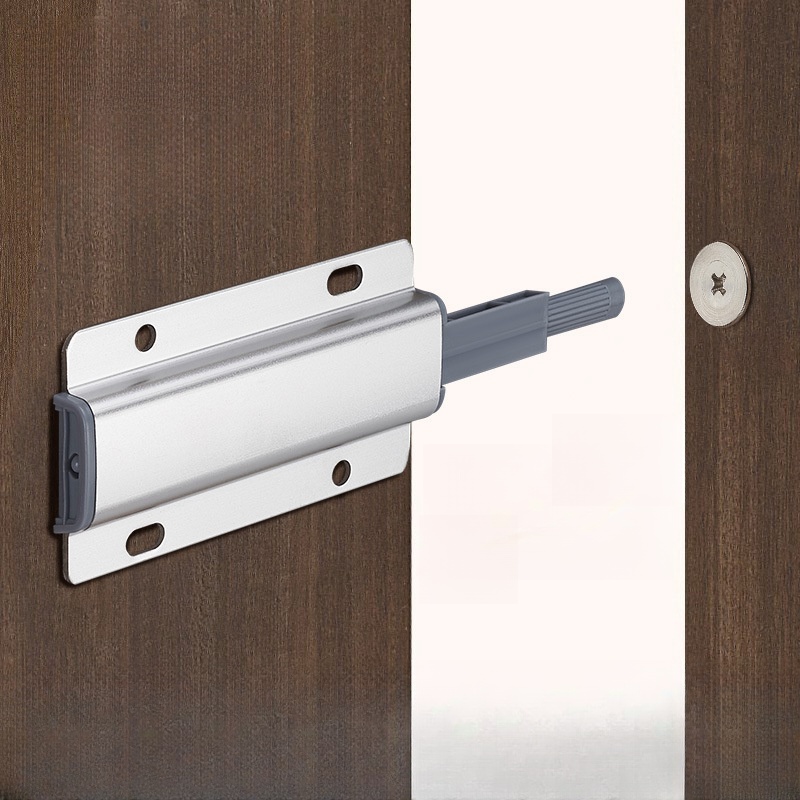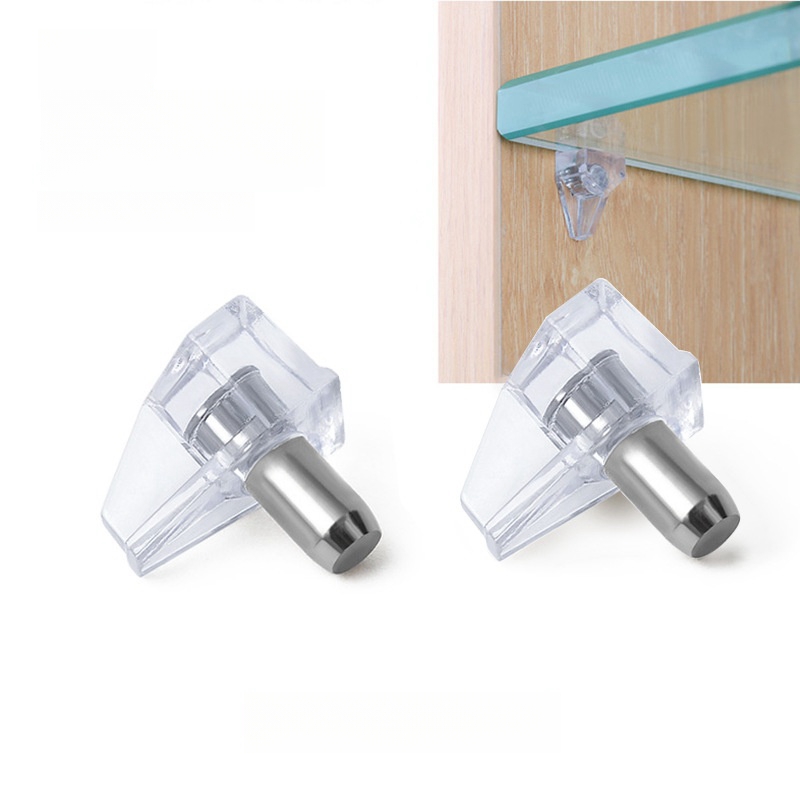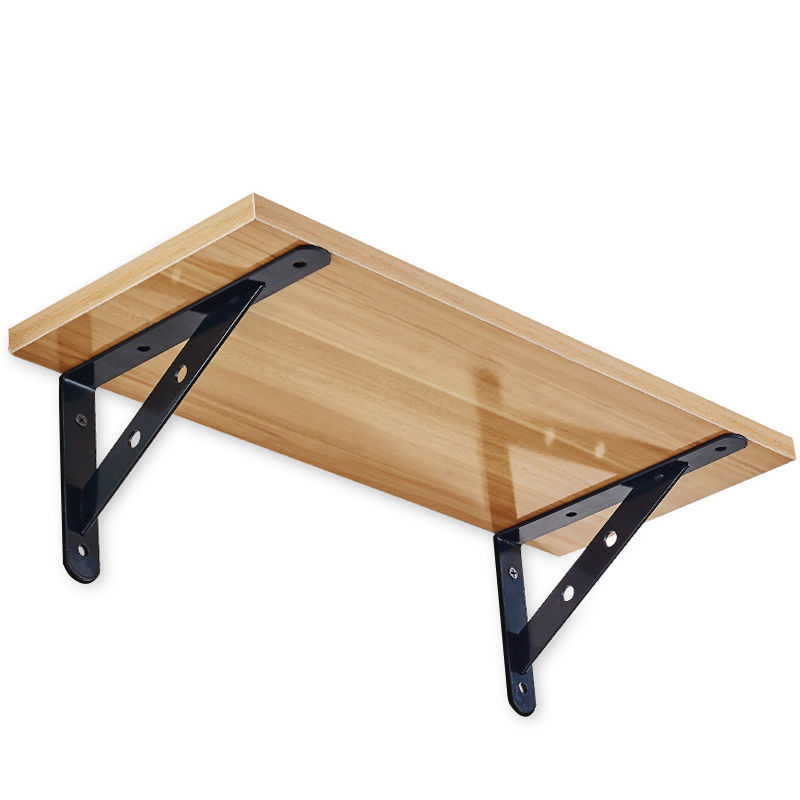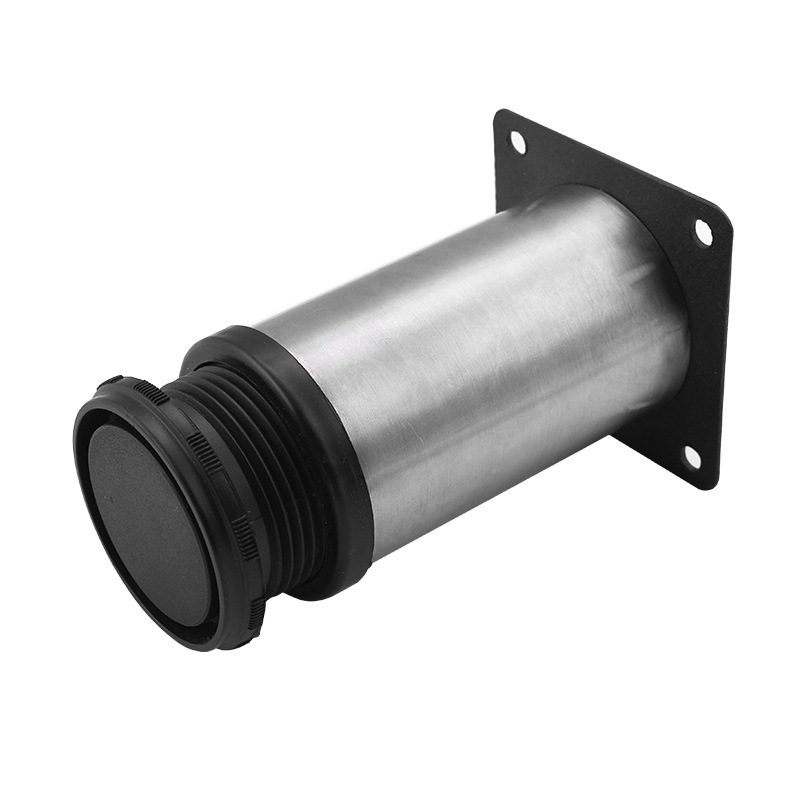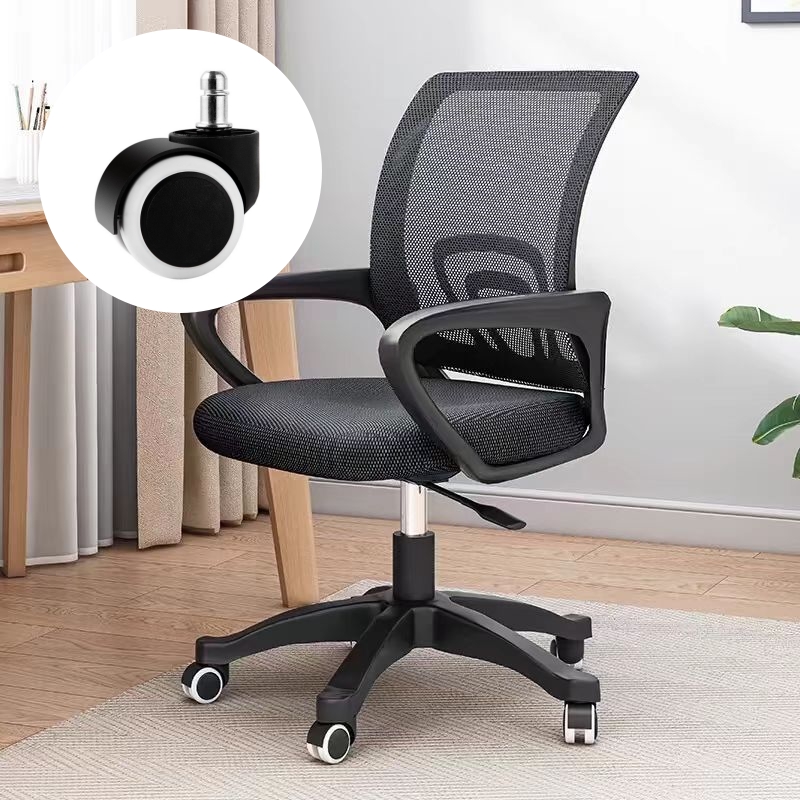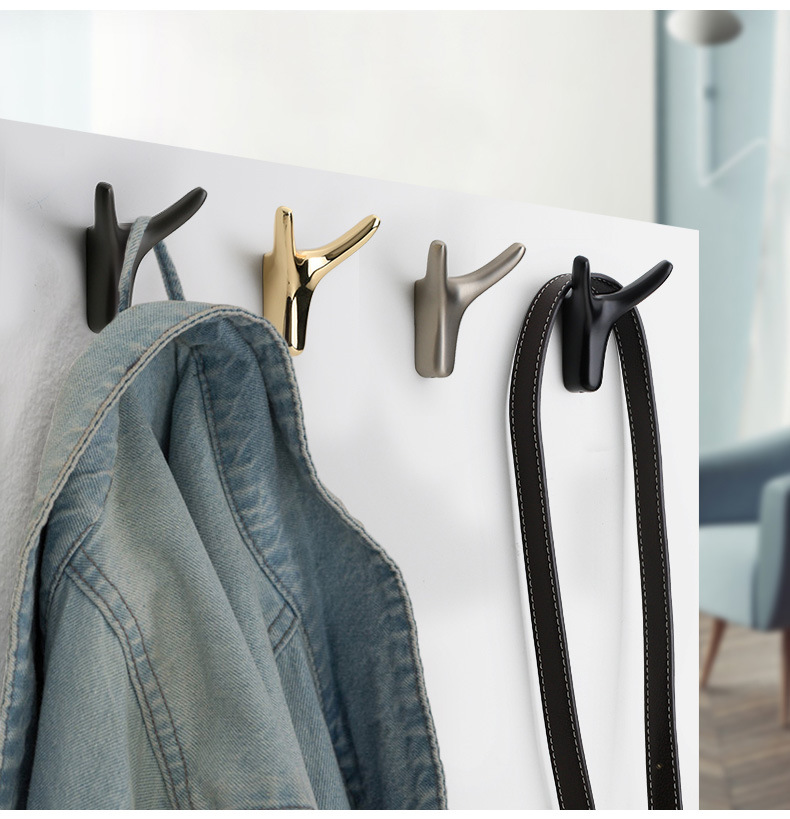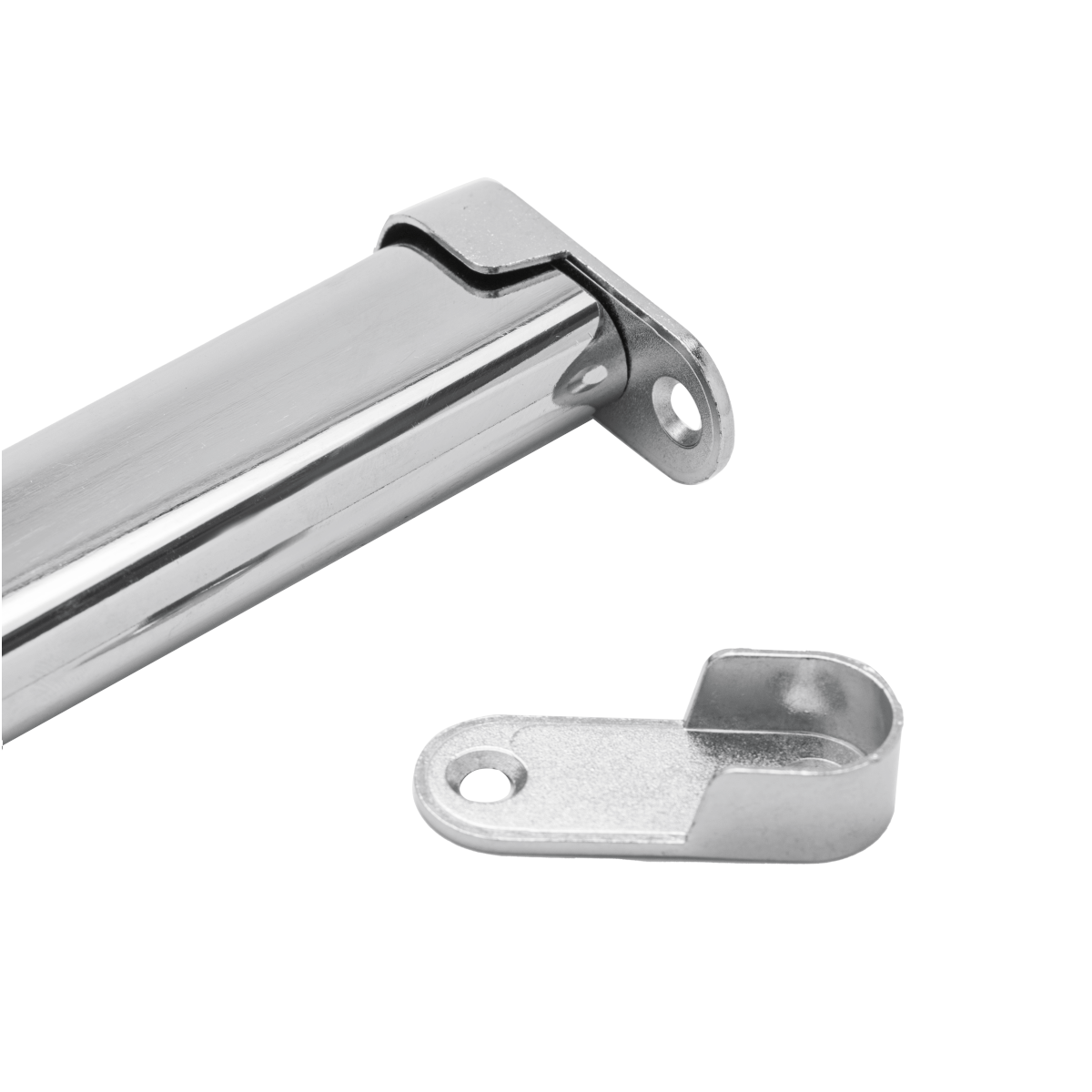
ABOUT
Guangzhou Toplink hardware Co., Ltd specialized in the production and export of furniture hardware fittings, with an experience of more than 14 years.
Our main products are drawer locks, cabinet hinges, sliding rails, cabinet handles, casters, cabinet legs and connecting fittings etc..
With a complete range of products, excellent performance and reasonable prices we have built up business with many customers all over the world.
We are committed to strict quality control and considerate customer service. We sincerely looking forward to becoming your best choice and the most reliable partner!
PRODUCTS
spring loaded ball latch for top of door
Mechanism of Operation
The core principle behind a spring-loaded ball latch rests on a simple yet elegant interplay of forces. A small, typically metallic ball is held in a recessed cavity by a spring. This spring exerts a constant pressure, pushing the ball against a corresponding receiving element – often a strike plate or receptacle – on the adjacent surface. The force of the spring is carefully calibrated to ensure a secure closure without requiring excessive force to engage or disengage. The ball itself acts as the locking mechanism; its spherical shape ensures consistent contact across the receiving element, providing a relatively uniform distribution of force and preventing slippage. When the door is closed, the ball is firmly pressed into the receptacle, creating a secure lock. Opening the door requires overcoming the spring's force to dislodge the ball from its resting position.
The design variations are numerous. Some latches use a simple compression spring, while others employ more sophisticated configurations like torsion springs for a more controlled release. The material of the ball and the latch housing can also vary depending on the application; stainless steel is common for its durability and corrosion resistance, particularly in exterior applications. The size and shape of the ball and receptacle are crucial factors in determining the latch's strength and holding power.
The spring's tension plays a vital role in the overall performance. Too weak a spring, and the latch may not hold securely, leading to unwanted openings. Too strong a spring, and it becomes excessively difficult to open the door. Manufacturers carefully calibrate the spring tension to achieve an optimal balance between security and ease of use. This calibration often involves precise measurements and testing to ensure the latch meets specific strength and usability standards.
Advantages of Using Spring-Loaded Ball Latches
The widespread adoption of spring-loaded ball latches stems from their numerous advantages. One key benefit is their simplicity and ease of installation. Unlike more complex locking mechanisms, they require minimal installation effort, often involving just a few screws and careful alignment. This simplicity translates to lower installation costs and faster project completion times.
Furthermore, these latches are remarkably reliable. Their relatively simple design reduces the number of moving parts, minimizing the potential for mechanical failure. With proper maintenance, a well-designed spring-loaded ball latch can provide years of dependable service, ensuring the secure closure of doors and preventing accidental openings.
Their low profile is another significant advantage. Many applications, particularly in areas with limited space, benefit from the compact design of these latches. They don't protrude significantly, making them ideal for applications where a flush finish is desired. This discreet integration ensures the latch doesn't detract from the overall aesthetics of the door or cabinet.
Finally, spring-loaded ball latches are generally cost-effective. Their simple design and relatively inexpensive manufacturing process make them an economical choice for a wide range of applications, from residential doors to industrial cabinets.
Disadvantages and Limitations
Despite their many merits, spring-loaded ball latches do have limitations. Their holding power, while adequate for many applications, is generally lower compared to more robust locking mechanisms like deadbolts. They are primarily intended for light-duty applications and might not be suitable for securing high-value items or doors requiring a high level of security.
Another potential drawback is their susceptibility to wear and tear. Over time, the spring's tension can weaken, reducing the latch's holding power. The ball itself can also become worn or damaged, impacting its ability to engage with the receiving element. Regular inspection and maintenance, including replacing worn components as needed, are essential to maintain the latch's effectiveness.
Environmental factors can also affect their performance. Exposure to extreme temperatures, moisture, or corrosive substances can damage the latch components, leading to malfunctions. Choosing latches made from appropriate materials, such as stainless steel for outdoor applications, is critical to ensure long-term reliability.
Finally, while the installation is straightforward, improper alignment can affect performance. Care must be taken during installation to ensure the ball engages properly with the receiving element; otherwise, the latch might not hold securely.
Applications and Variations
Spring-loaded ball latches find diverse applications across numerous industries. They are commonly used in cabinets, cupboards, and other pieces of furniture where a simple, secure closure is required. Their versatility extends to various door types, including interior doors, exterior doors (in conjunction with other security measures), and even some specialized industrial doors.
Variations in design cater to specific application needs. Some latches are designed for flush mounting, while others offer surface mounting options. The materials used also vary based on environmental conditions and required durability. Magnetic latches, a variation on the spring-loaded principle, offer a quieter and smoother operation, frequently seen in high-end furniture and appliances.
The size and strength of the latch are critical considerations. Smaller latches are appropriate for lighter doors and cabinets, while larger, more robust versions are needed for heavier applications. Selecting the right latch for the intended application is vital for ensuring proper functionality and long-term reliability. In some cases, multiple latches might be employed for enhanced security.
In conclusion, the seemingly simple spring-loaded ball latch for the top of a door represents a significant achievement in mechanical design. Its effectiveness, ease of installation, and cost-effectiveness contribute to its widespread use in various applications. While possessing limitations, a thorough understanding of its mechanism, advantages, disadvantages, and variations enables informed selection and ensures optimal performance in the intended application.
SUBSCRIBE
INQUIRY
